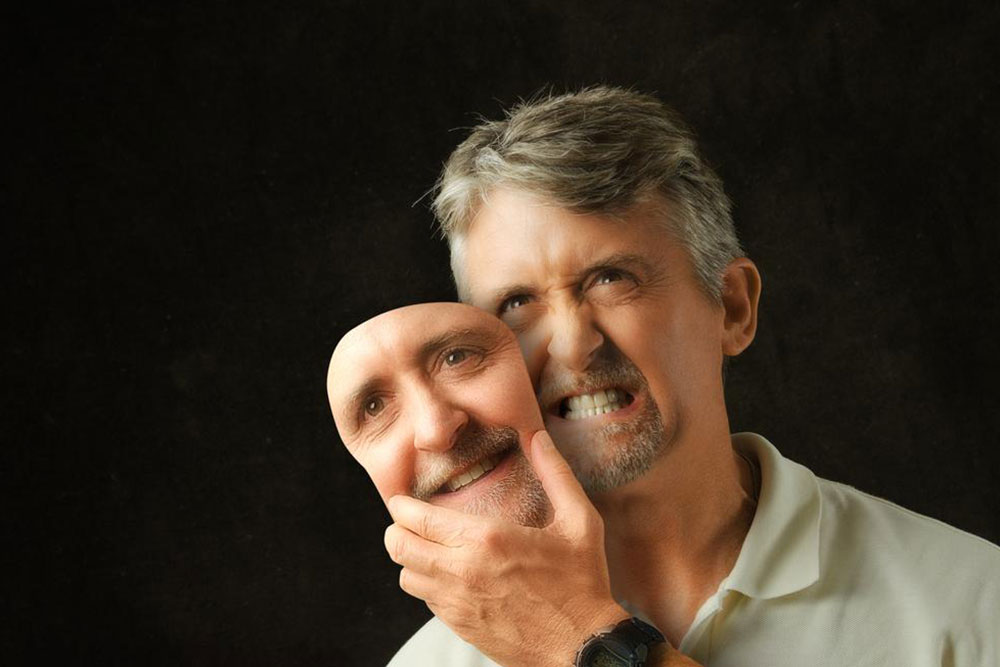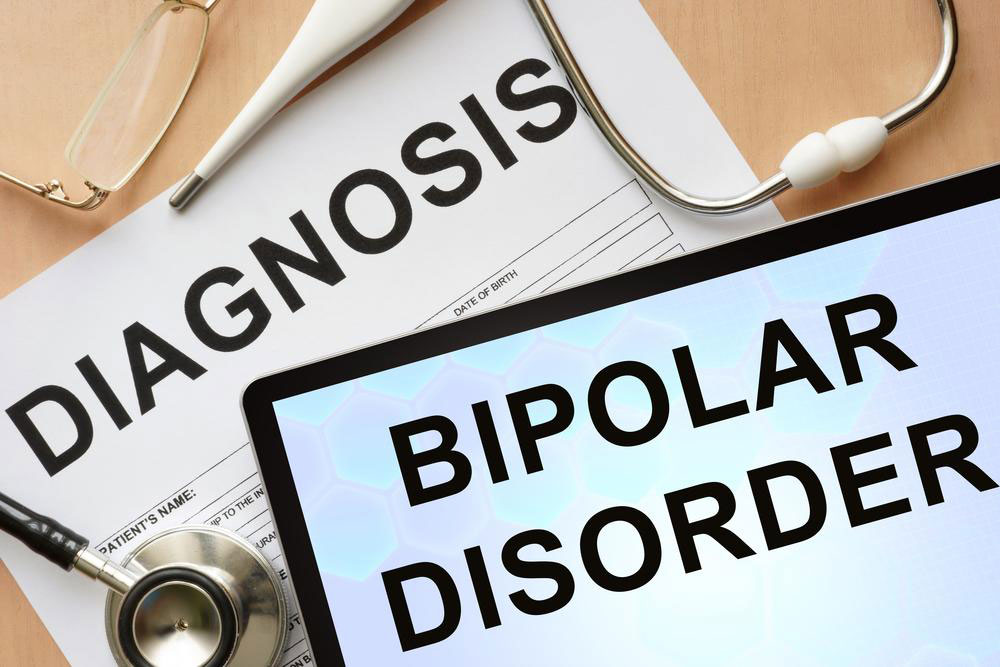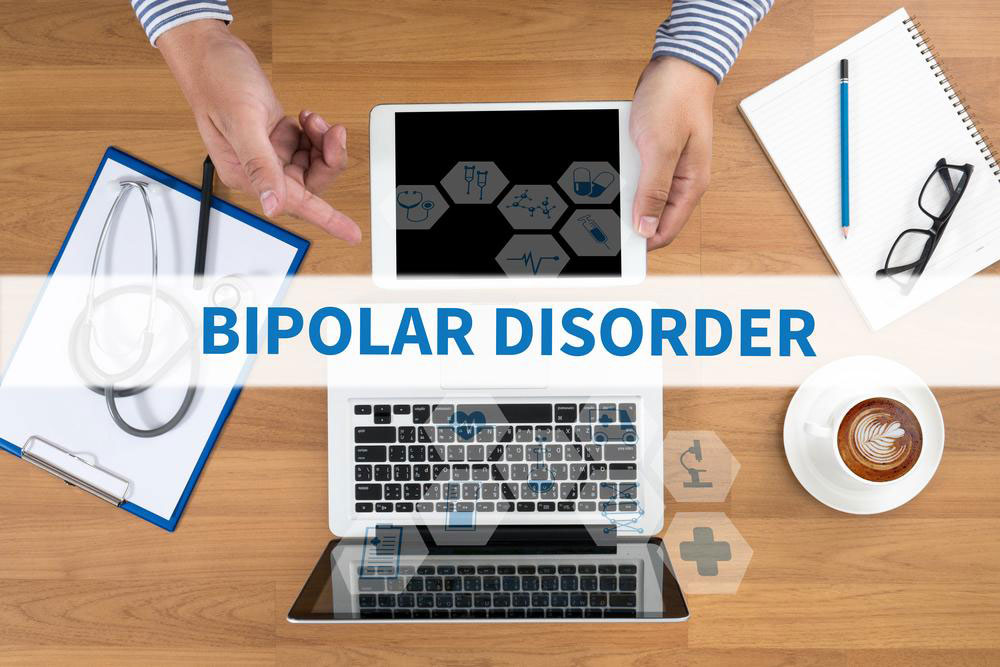A Comprehensive Guide to the Different Types of Bipolar Disorder
Learn about the different types of bipolar disorder, including Bipolar I, Bipolar II, and Cyclothymic Disorder. This comprehensive guide explains their symptoms, differences, and treatment options to help individuals understand and manage this complex mental health condition effectively.

Exploring the Variations and Classifications of Bipolar Disorder
Bipolar disorder, commonly referred to as manic-depressive illness, is a complex and often misunderstood mental health condition that impacts millions worldwide. It is characterized by significant mood swings that range from episodes of intense happiness, energy, and activity to periods of deep depression, hopelessness, and lack of motivation. These fluctuations are not uniform; they vary widely among individuals in both duration and severity, adding a layer of complexity to diagnosis and treatment.
Understanding the different types of bipolar disorder is essential for recognizing its symptoms and seeking appropriate treatment. The classification mainly depends on the pattern, frequency, and intensity of mood episodes, which can significantly impact the individual's daily functioning and quality of life. Let’s delve into each primary type in detail to better understand this condition.
Types of bipolar disorder
The categorization of bipolar disorder is primarily based on the nature and pattern of mood episodes, including manic, hypomanic, and depressive states. Knowing these distinctions helps in accurate diagnosis and tailored treatment planning.
Bipolar I Disorder: This form of bipolar disorder is marked by the occurrence of at least one full-blown manic episode, which is a period of abnormally elevated, expansive, or irritable moods that last at least one week or require hospitalization. These manic episodes can be severe, often disrupting everyday life and relationships. They are frequently followed by or preceded by depressive episodes, characterized by feelings of profound sadness, fatigue, and loss of interest in usual activities. The severity of manic symptoms in Bipolar I can lead to risky behaviors such as reckless spending, unsafe sexual activity, or substance abuse, which might have serious consequences.
Bipolar II Disorder: In contrast to Bipolar I, Bipolar II involves recurrent depressive episodes along with hypomanic episodes. Hypomania is a milder form of mania, lasting at least four days, and generally does not impair functioning to the same extent as full manic episodes. Individuals with Bipolar II may experience mood swings that are less disruptive but still impactful on their personal and professional lives. They often face persistent depressive symptoms that can severely affect their quality of life, yet they may not recognize the hypomanic episodes as problematic since they tend to feel good, or even overly energetic.
Another important subtype is Cyclothymic Disorder, characterized by chronic fluctuations between hypomanic and depressive symptoms that last for at least two years in adults (or one year in children and adolescents). While these mood swings might not meet the full criteria for bipolar I or II, they are persistent enough to cause distress or impairment in social, occupational, or other important areas of functioning. The episodes tend to be less severe but can still significantly influence an individual’s overall mental health.
External factors such as substance abuse, alcohol use, or certain medications can sometimes induce bipolar-like symptoms. These are generally reversible once the trigger is removed or addressed, emphasizing the importance of comprehensive assessment by mental health professionals.
Recognizing early signs such as mania and hypomania is critical. Mania often manifests as increased energy, an inflated sense of self, decreased need for sleep, and irritability. Risk-taking behaviors, impulsivity, and poor judgment are common during manic phases. Though rare in children, bipolar disorder can remain dormant for extended periods before symptoms become apparent, often triggered by stress or life changes. Accurate diagnosis involves detailed clinical assessment, including mood history and symptom tracking.
Effective management of bipolar disorder typically combines medication, such as mood stabilizers or antipsychotics, with psychotherapy approaches like cognitive-behavioral therapy (CBT). Early intervention can drastically improve prognosis and reduce the risk of severe episodes. If you or someone you know exhibits signs of bipolar disorder, seeking prompt evaluation and treatment from qualified healthcare providers is essential for managing the condition and improving overall well-being.





